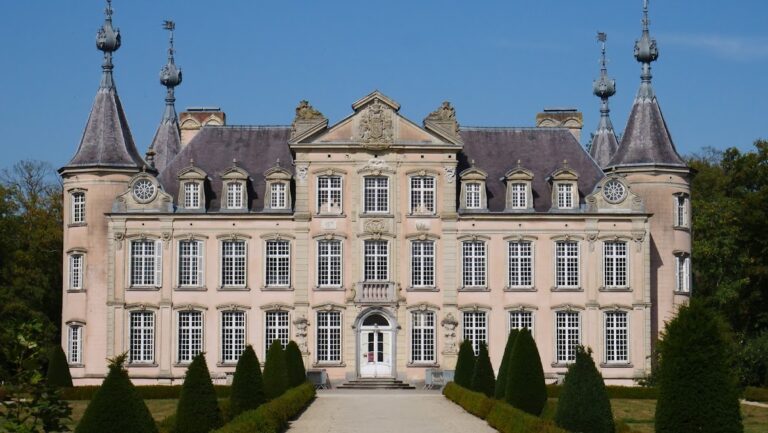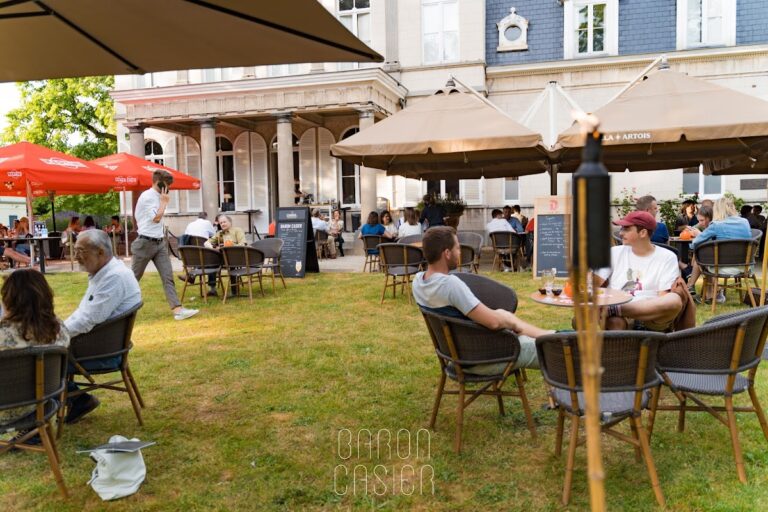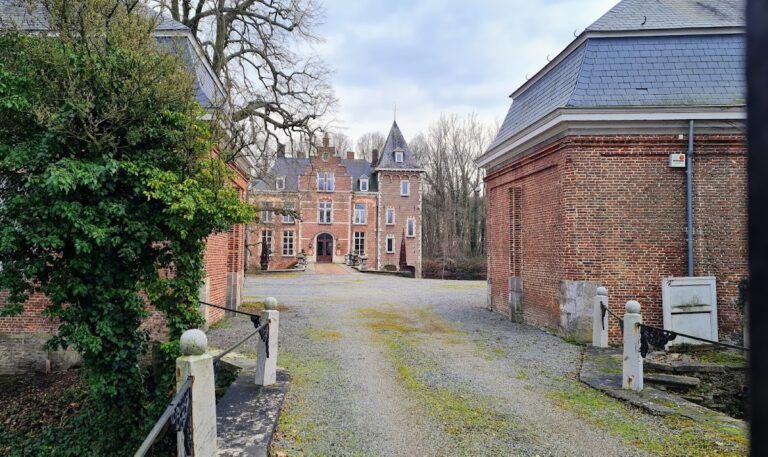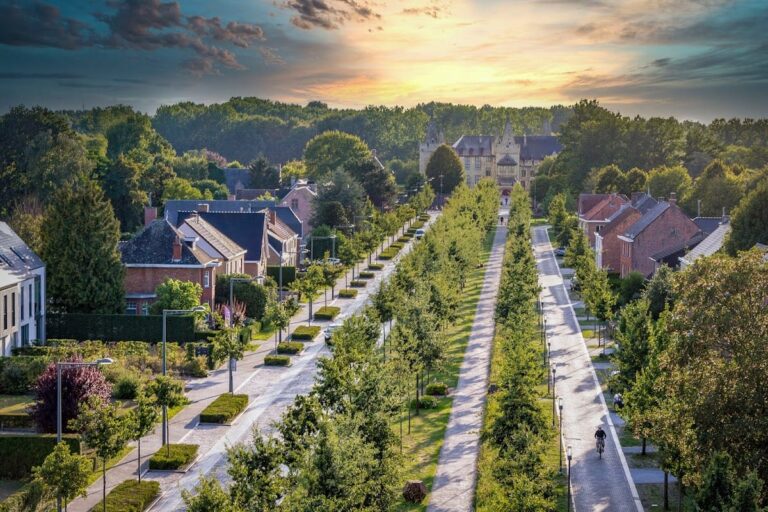Kasteel van Ooidonk: A Historic Water Castle in Deinze, Belgium
Visitor Information
Google Rating: 4.4
Popularity: Medium
Google Maps: View on Google Maps
Official Website: www.ooidonk.be
Country: Belgium
Civilization: Medieval European
Remains: Military
History
Kasteel van Ooidonk is located near a bend of the Leie River in what is now Deinze, Belgium. Its origins trace back to the 12th century when it began as a fortified farmstead. This early structure stood on a sandy hill and served as a defensive outpost protecting the city of Ghent from attacks approaching via the river.
By the early 14th century, the site had evolved into a stone manor surrounded by a water-filled moat. It became the center of the lordship of Nevele, initially held by Nikolaas van Hoenduncs. Ownership later passed through marriage to the French Montmorency family in the early 15th century, reflecting the castle’s growing importance in regional noble networks.
The castle faced repeated destruction during periods of conflict. In 1381, Count Louis II of Flanders ordered its demolition. It was again destroyed in 1491 by citizens of Ghent during a Flemish uprising against Emperor Maximilian I. A third destruction occurred in 1579 amid Ghent’s rebellion against Spanish rule under King Philip II.
In 1592, the ruins were acquired by Maarten della Faille, a wealthy banker from Antwerp. He rebuilt the castle in the Flemish Renaissance style, completing the reconstruction by 1595. This rebuilding established the castle’s form that remains largely intact today.
Through marriage, the estate passed to the Du Bois family. In 1864, Count Henri t’Kint de Roodenbeke purchased the property and initiated extensive restorations. Between 1864 and 1875, French architect Clément Parent led renovations that preserved the Renaissance facade while redesigning interiors in a neo-Flemish Renaissance style. A neo-Byzantine family chapel was also added during this period.
Since 1944, the castle and its estate have been protected as heritage monuments. Additional buildings and the entire domain received heritage status by 1995. The family has maintained the property into the 21st century, marking the castle’s 400th anniversary in 1995 and celebrating 150 years of t’Kint de Roodenbeke ownership in 2014.
Remains
Kasteel van Ooidonk is a water castle built on an almost square artificial island surrounded by a moat. The layout includes a spacious courtyard enclosed by straight walls with towers at each corner. The main residential building occupies the northeastern side of the island and is accessed by a stone bridge that replaced the original drawbridge.
The castle’s exterior features Renaissance architectural elements such as towers, stepped gables, and numerous chimneys. These details recall the style of Loire Valley châteaux like Chambord. The 19th-century restoration preserved these key facade elements while remodeling the interiors in a neo-Flemish Renaissance style.
A neo-Byzantine family chapel was added during the 19th-century renovations, along with a gatehouse featuring wrought iron fencing that displays the family coat of arms. The estate includes a well-maintained park with French gardens, a caretaker’s house, and several outbuildings, covering about 140 hectares.
The castle remains in good condition, with original Renaissance features largely intact. The surrounding landscape and gardens have been carefully preserved, maintaining the historical character of the site.










